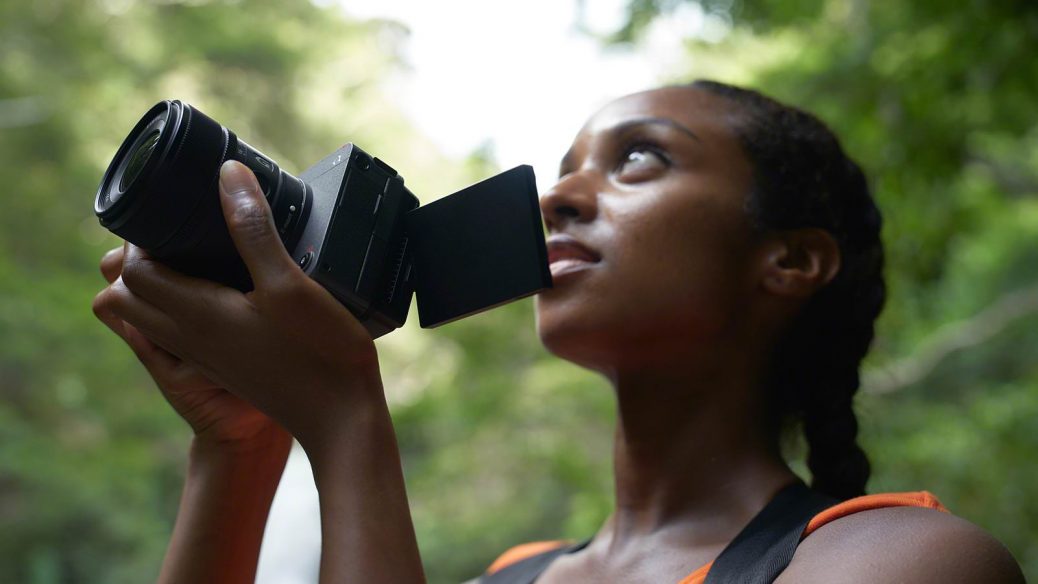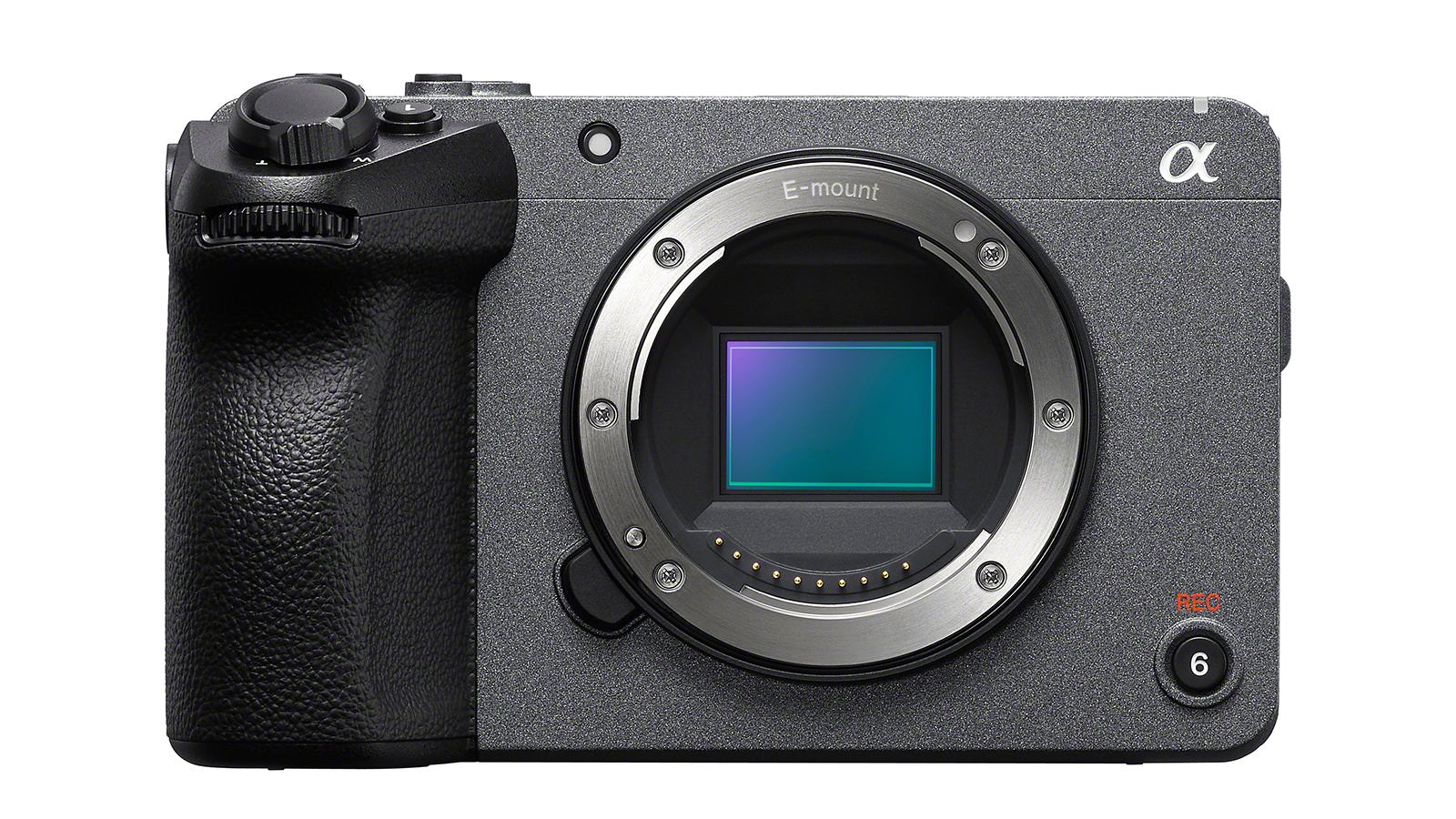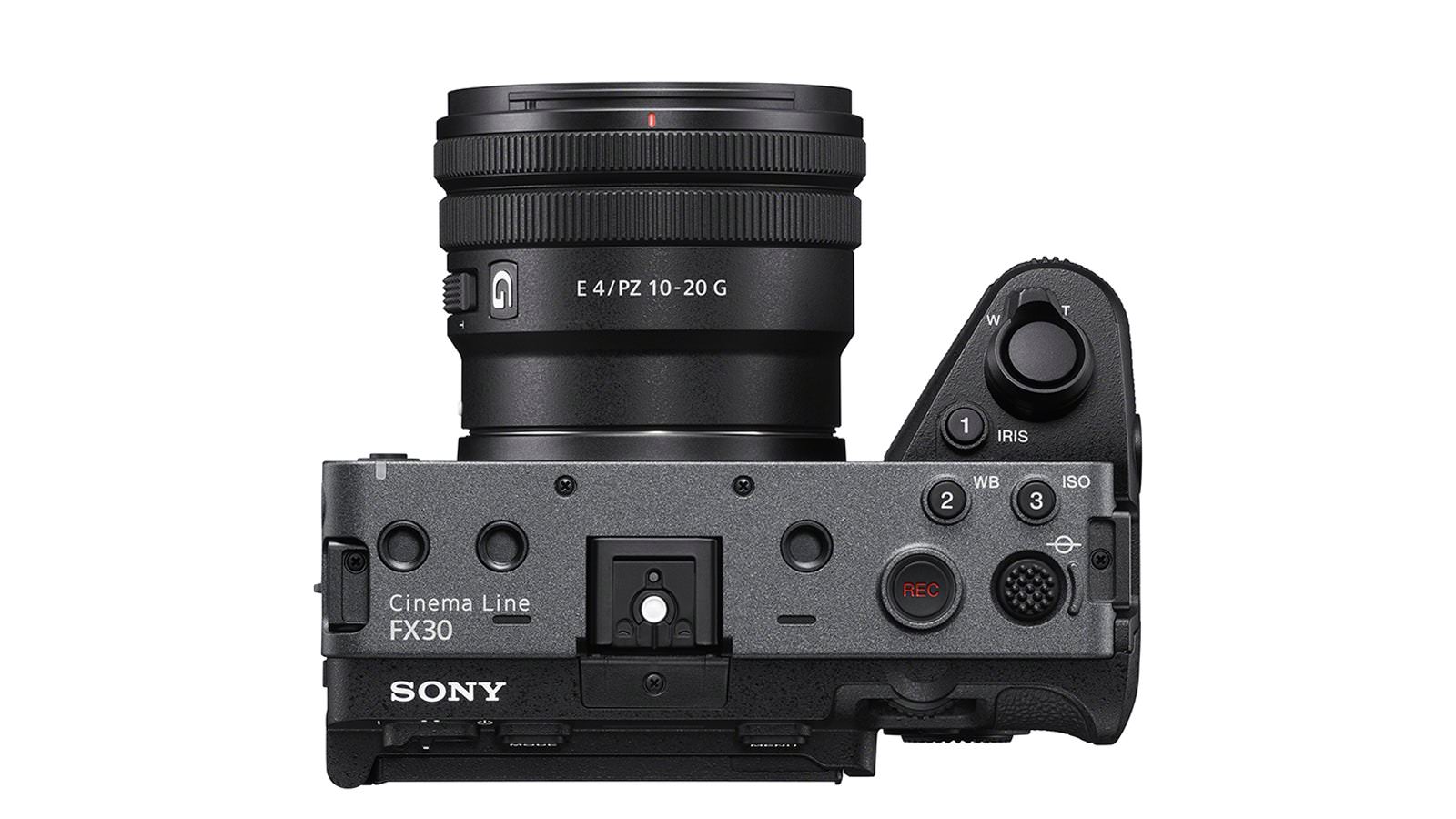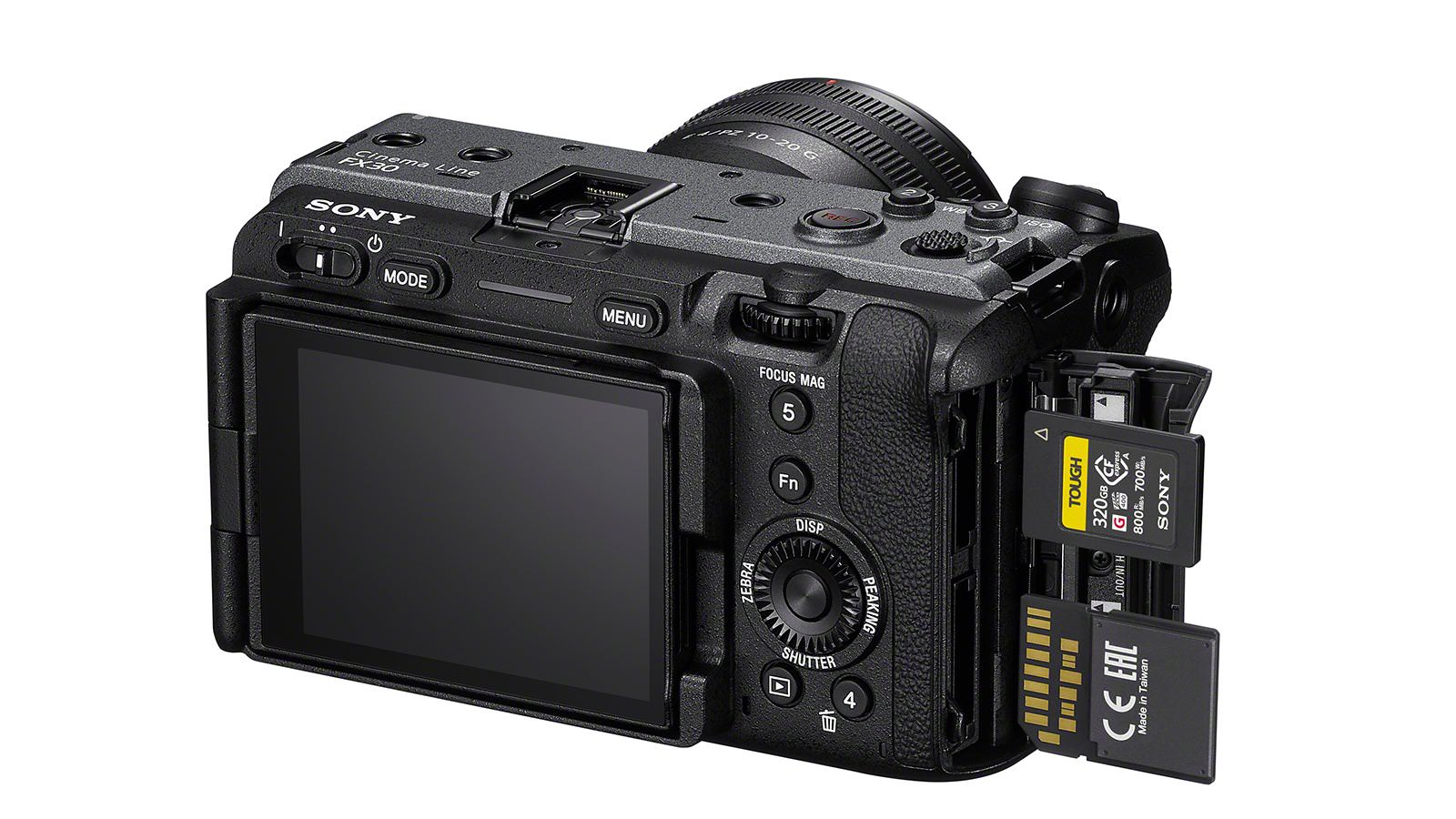Sony Unveils the FX30 4K Super 35 Camera
Sony has announced the FX30, a compact cinema camera that shares the same body design as the FX3 but switches from full-frame to a brand-new 26-megapixel APS-C backside illuminated sensor that shoots Super35 4K video.
The new FX30 is a 4K Super 35 compact cinema camera that offers many professional features of the Cinema Line, such as Dual Base ISO, Log shooting modes, and user-imported LUTs (Look Up Tables) at a price point that appeals to many aspiring filmmakers. In addition to introducing the new FX30, Sony announced two new CFexpress Type A Memory Cards – CEA-G320T and CEA-G640T. Both are large-capacity cards that support high-speed performance with a maximum writing speed.
“The new FX30 is a great fit for a wide range of filmmakers,” said Yang Cheng, Vice President, Imaging Solutions, Sony Electronics Inc. “As part of our Cinema Line, it is an attractive addition for seamless integration into large productions. Additionally, by incorporating many professional features found in our flagship cinema cameras, it is a perfect camera for up-and-coming filmmakers that are working with tight budgets.”
On the outside, the camera looks identical to the FX3, however, it is somewhat lighter. It has a brand-new 26-megapixel APS-C sensor that has never been used in a Sony camera before, and while it is backside illuminated, it is not stacked. Sony claims it is fast enough to capture still images without a focal plane shutter but not fast enough to function with strobes.
The FX30 opts for a sensor capable of Super35 format, 6K oversampled ISO 32,000 sensitivity as opposed to the FX3, which has a full-frame, 4K direct sampling, ISO 409,600 sensitivity sensor. Additionally, although the film is an oversampling of 6K, the camera cannot record 6K video. The FX30 sensor’s ISO range is 100 to 32,000, with dual bases at 800 and 2,500. According to Sony, it should have roughly the same amount of noise at ISO 2,500 as it does at ISO 800, and it can still create clear, low-noise photographs in low-light conditions. The sensor has 14+ stops of dynamic range in S-Log3. Speaking of log, the FX30 records in an HEVC codec with what Sony describes as superior compression efficiency and can shoot in 10-bit 4:2:2 internally to give color grading more flexibility.
In more detail, it can capture 16:9 Super35 format video in 8 or 10 bits, Long GOP or All-I, and H.264 or H.265 at a frame rate of up to 60 frames per second. It can shoot at 120 frames per second in 4K, although this requires an extra cut (1.6x). Although it can also shoot in Full HD, there are no more framerate possibilities than there are in 4K. Full APS-C still images with a resolution of 6,192 x 4,128 pixels are taken.
The camera’s built-in cooling fan and heat dissipation system enables it to film continuously in 4K at 60 frames per second. Additionally, it supports quick charging and USB Power Delivery (PD), which enables unlimited recording.
Sony believes grading footage is a hurdle for those new to cinema cameras. Therefore the FX30 provides a format that looks nice out of the camera. The S-Cinetone color science used in Sony’s higher-end cameras, like the Venice 2, is preinstalled in the FX30, and LUTs may be uploaded to the camera and recorded with them to cut down on post-production time. Additionally, it has Cine EL and Cine El Quick log shooting modes.
The FX30 has a strong autofocus mechanism that utilizes 495 points to cover 90% of the frame, as one would anticipate from a contemporary Sony camera. Sony claims that it is quick enough to provide accurate tracking and high-speed, precise autofocus even when 120 frames per second video is being recorded. The camera also supports real-time tracking and Eye AF for animals, people, or birds. It also has AF Assist, which enables effortless transitions between auto and manual focus, a Focus Map (for displaying depth of field), and Sony’s Breathing Compensation, which maintains the angle of view when focus points are changed.
The camera also supports Sony Power Zoom (PZ) lenses and has a separate zoom rocker for these lenses. The FX30 also incorporates Sony’s five-axis in-body image stabilization. The FX30 is made to be expandable, just like the FX3. In addition to the numerous contact points on the camera body, it supports Sony XLR handles and the hot shoe, which is the brand’s digital multi-interface shoe that enables digital audio interfacing.
One HDMI Type-A port, two dual CFexpress and SDXC card slots, a headphone jack, and USB-C and micro-USB inputs are all on the camera. The camera conforms with wired LAN requirements (5 GHz and 2.4 GHz), allows FTP transfer, and utilizes wired LAN via a gigabit ethernet adapter for USB-C. Additionally, the camera allows HDMI output of 16-bit RAW video. Although Sony acknowledges that most commercially available external recorders do not support 16-bit RAW recording, the camera can convey that data and is therefore more future-proof. By using an extra adapter and BNC cable to connect to the time code source, it also allows timecode synchronization.
The Sony FX30 is set for an October 2022 release at $1799, body-only.
More info on Sony’s website.




